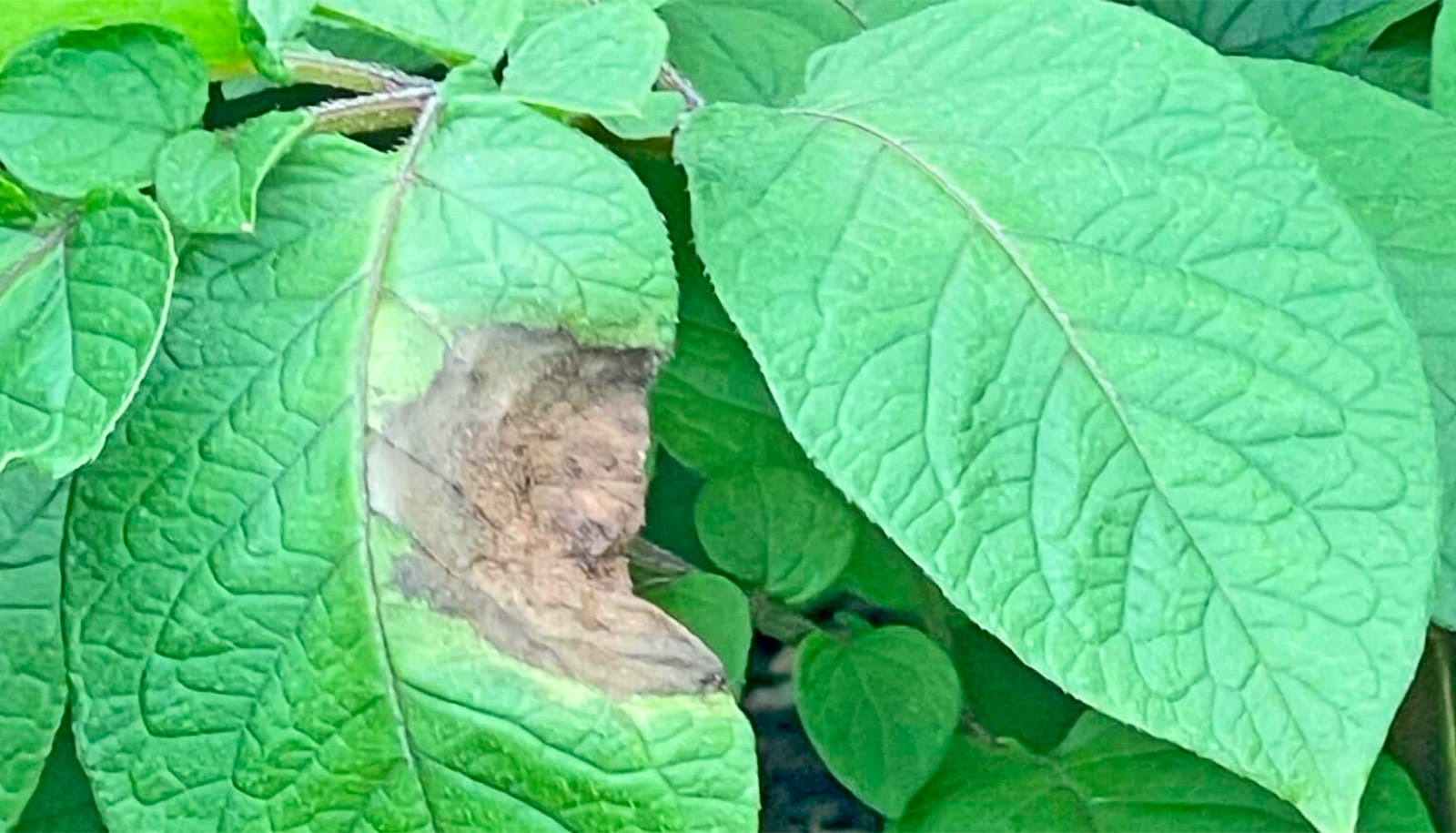A review of 57 years of international scientific evidence may help change the perception of kratom and restore its potential as a public health tool that deserves more research.
As the nation grapples for solutions to the opioid epidemic—now claiming more than 33,000 American lives each year—the potential of the psychoactive plant kratom to become a useful tool in the battle has been the subject of hot debate.
“There is a lot of confusing information about kratom in the media that makes it difficult for clinicians and the public to make informed choices.”
While some in the medical field and many in the general public attest to kratom’s ability to help curb opioid addiction and relieve pain, governmental agencies continue to warn against its dangers to mental health, citing links to psychosis and addiction. In 2016, the DEA briefly recommended criminalizing kratom possession and distribution, before withdrawing the proposal.
The study not only points to the potential benefits of kratom as a safer substitute for opioids, but also suggests the plant’s potential to reduce negative mood and relieve anxiety. Published online this week in the journal Drug and Alcohol Dependence, it represents the largest systematic review of the scientific literature on kratom use and mental health.
“There is a lot of confusing information about kratom in the media that makes it difficult for clinicians and the public to make informed choices,” says lead author Marc T. Swogger, associate professor in the University of Rochester Medical Center’s psychiatry department. “This study clarifies that there is no good scientific basis for claims that kratom causes psychosis, suicide, or violence, and the available data do not indicate that kratom is a significant public health problem.”
Coauthor Zach Walsh, associate professor of psychology at the University of British Columbia notes that current approaches to addressing the opioid epidemic are leaving large numbers of high-need individuals without effective treatment.
“We need to explore all options, and our findings suggest it’s time to carefully examine the potential of this ancient plant,” says Walsh.
3 harmful myths about the opioid epidemic
Swogger and Walsh reviewed the combined results of 13 studies conducted between January 1960 and July 2017, using data from 28,745 individuals.
“There is a clear need for more rigorous, well-controlled, prospective studies to support a sophisticated, nuanced understanding of the plant,” says Swogger. “But data across cultures indicated that kratom has a legitimate role to play in mitigating harms associated with opioid dependence. The bulk of the available research supports kratom’s benefits as a milder, less addictive, and less-dangerous substance than opioids, and one that appears far less likely to cause fatal overdose.”
Kratom (Mitragyna speciosa; also known as krathom or ketum) is part of the coffee family and has been used medicinally for centuries in Southeast Asia to relieve symptoms of opioid withdrawal, to relieve pain, diarrhea, and cough, and increase stamina and energy. People chew raw leaves of the kratom plant, boil them to serve as tea, smoke, or vaporize them.
How 30 opioid pills for surgery turn into a habit
In recent years, kratom’s use has expanded beyond Asia, and its leaves, powders, gums, capsules, and extracts are widely accessed through retail outlets and the internet in North America and Europe.
“We need more and better research to be able to outline the risks and benefits of kratom in greater detail,” Swogger says. “Only through well-controlled studies can we elucidate kratom’s potential for good and harm, and give the public, policy makers, and health care professionals the information needed to make informed decisions.”
Source: University of Rochester



